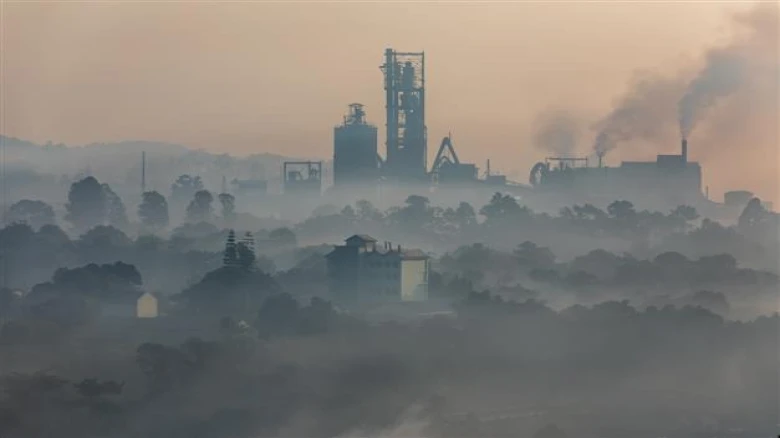This revelation based on air quality data from 227 cities, unveils the grim reality of air pollution...
Digital Desk: In a recent report by the Centre for Research on Energy and Clean Air (CREA), Byrnihat in Meghalaya claimed the unfortunate title of the most polluted city in India in 2023.
This revelation, based on air quality data from 227 cities, unveils the grim reality of air pollution in the country. Begusarai in Bihar and Greater Noida in Uttar Pradesh closely followed, emphasizing the widespread nature of the issue.
The report delves into the National Clean Air Programme (NCAP), initiated in 2019, which aimed to reduce PM2.5 and PM10 concentrations by 20-30% in 131 cities by 2024.
However, the findings highlight a sobering reality: 78 out of 85 NCAP cities recorded PM10 levels surpassing the National Ambient Air Quality Standards (NAAQS) of 60 microgrammes per cubic meter. Shockingly, 118 cities not under NCAP breached these standards in 2023, challenging the notion that exclusion from the program ensures cleaner air.
Sunil Dahia, South Asia's analyst at CREA, expressed concern over the slow progress of NCAP implementation. He noted that after five years, only 44 out of the 131 non-attainment cities concluded source apportionment studies. This delay led to inefficient allocation of funds, with 64% primarily utilized for dust mitigation and less effective solutions like smog guns.
The report further exposes the geographical distribution of polluted cities, with 18 in Bihar, eight in Haryana, and eight in Rajasthan among the top 50. Byrnihat, a city under NCAP, recorded the highest annual average PM10 concentration at 301 microgrammes per cubic meter, underscoring the need for urgent action.
Delhi, known for its persistent winter pollution, ranked eighth on the list. This indicates that the air quality issue extends beyond seasonal factors and requires comprehensive year-round strategies. Dahia stressed that the PM10 concentrations in the top 10 polluted cities exceeded Indian NAAQS by 3-5 times and WHO limits by 13-20 times, emphasizing the severity of the crisis.
In response to these alarming statistics, the government has revised its targets, now aiming for a 40% reduction in particulate matter concentration by 2026. The urgency to address the issue is evident, requiring a shift towards effective and targeted solutions to curb the escalating pollution levels across the nation.
As India grapples with the challenge of balancing economic growth and environmental sustainability, collaborative efforts between the government, industry, and the public are crucial to achieving cleaner air and a healthier future.

Leave A Comment